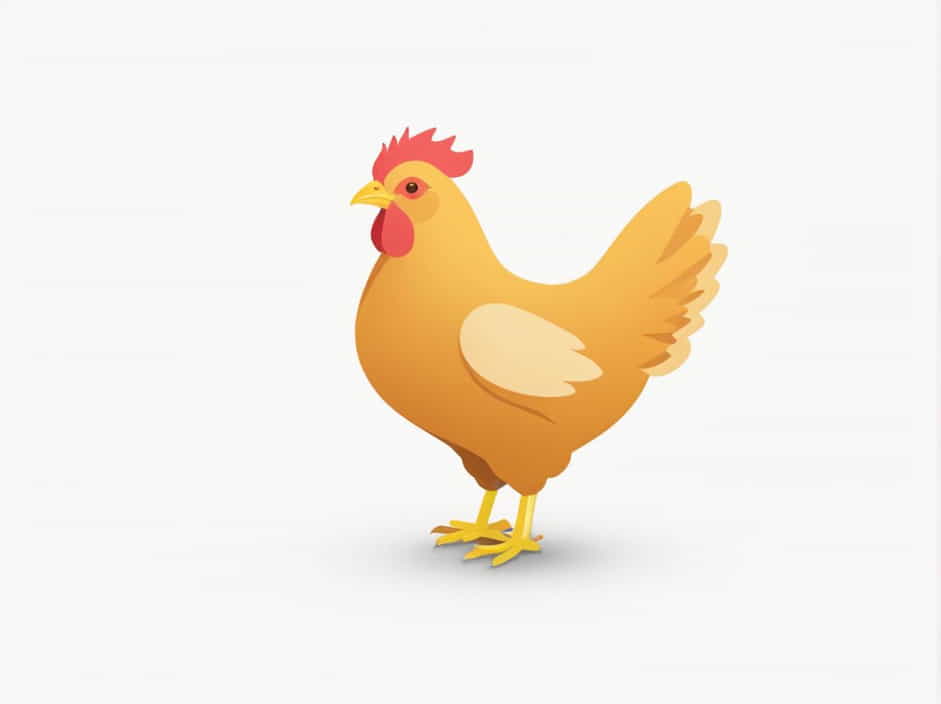In the world of birds, every young one has a specific name. The young one of a hen is called a chick. This term is commonly used to refer to baby chickens, which hatch from eggs and grow into adult hens or roosters.
Understanding the different stages of a chicken’s life is essential for farmers, poultry enthusiasts, and anyone interested in bird life cycles. This topic explores what a chick is, how it grows, and why knowing about its development is important.
What Is a Chick?
A chick is the baby of a hen. It is covered in soft feathers called down and is usually small, fragile, and highly dependent on its mother for warmth and protection.
Chicks are hatched from eggs after an incubation period of about 21 days. During this time, the mother hen keeps the eggs warm, or in commercial farms, an incubator is used to maintain the right temperature.
Stages of Growth in a Chick’s Life
1. Egg Stage
The life of a chick begins as an egg. A hen lays eggs, and if they are fertilized, they will develop into embryos.
2. Hatching Stage
After 21 days, the chick breaks out of its egg using a special structure called an egg tooth. This process is known as pipping.
3. Chick Stage
Once hatched, a chick is covered in soft, fluffy feathers. At this stage, it:
- Relies on the warmth of its mother or a brooder.
- Starts pecking at food, usually a special chick starter feed.
- Grows rapidly in the first few weeks.
4. Juvenile Stage
As the chick grows, it starts developing adult feathers and becomes more independent.
- At about 6 to 8 weeks, it is called a pullet (if female) or cockerel (if male).
- It begins exploring its environment and developing social behaviors.
5. Adult Stage
At around 5 to 6 months, the chicken reaches adulthood. A female chicken is called a hen, while a male is called a rooster.
Why Is It Important to Understand Chick Growth?
1. Poultry Farming
Farmers need to understand chick development to ensure proper feeding, warmth, and protection for healthy growth.
2. Egg and Meat Production
Chickens raised for eggs or meat must be well cared for to ensure high-quality poultry products.
3. Pet and Backyard Chicken Keeping
Many people keep chickens as pets or for home egg production. Knowing how to raise chicks helps prevent diseases and ensure their well-being.
Fun Facts About Chicks
- Chicks communicate with their mothers before hatching by making small peeping sounds inside the egg.
- They have a strong instinct to follow their mother as soon as they hatch.
- Some breeds grow faster than others, depending on genetics and nutrition.
A young one of a hen is called a chick, and it goes through different stages before becoming a full-grown chicken. Understanding chick development is important for farmers, poultry enthusiasts, and pet owners.
By providing the right care, nutrition, and environment, chicks can grow into healthy and productive adult chickens, benefiting both small-scale and commercial poultry farming.
